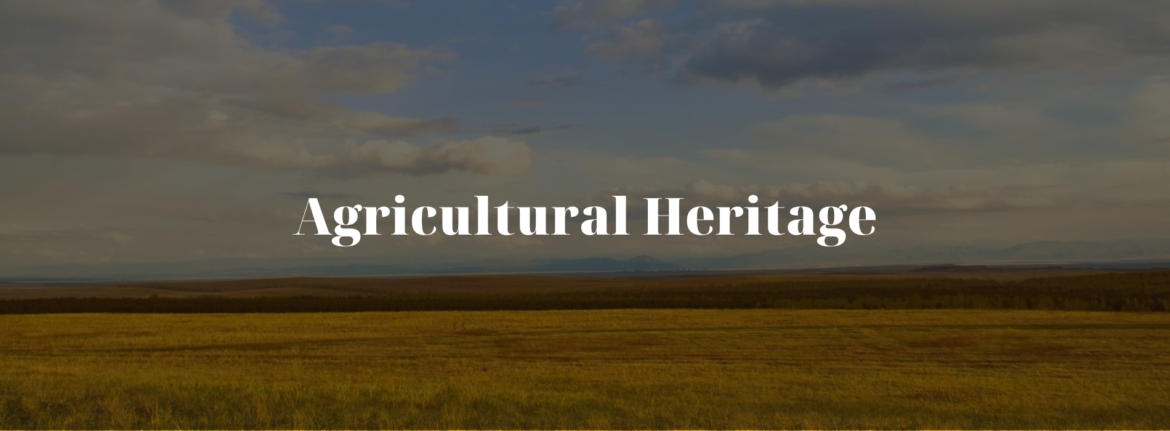Poland’s agricultural sector has been a cornerstone of its economy and culture for centuries. The country’s fertile lands have not only provided sustenance but have also shaped its traditions, festivals, and way of life. Here’s a journey through Poland’s rich agricultural heritage:
Ancient Roots
Poland’s agricultural history can be traced back to the early **Slavic tribes** that settled in the region. These tribes practiced subsistence farming, cultivating the land primarily for their own consumption. The vast plains and fertile soil of Poland made it an ideal place for agriculture.
Medieval Expansion
During the medieval period, as trade routes developed and towns grew, agriculture in Poland began to diversify. The establishment of potter guilds and the influence of neighboring countries played a significant role in refining farming techniques and introducing new crops.
Renaissance and Global Trade
The Renaissance era saw a surge in artistic and scientific endeavors, and agriculture was no exception. New farming techniques were introduced, and Poland began to trade its agricultural products with other parts of Europe, bringing prosperity to the nation.
Modern Production
Today, Poland is a significant player in the European and global agricultural market. It produces a variety of products, from grains like wheat and rye to fruits such as apples and strawberries. Poland’s agricultural land covers nearly 50% of the country’s total area, emphasizing its importance.
In 2018, Poland was recognized for its production of various crops:
– 6th largest producer of sugar beet in the world.
– 9th largest producer of potatoes globally.
– 3rd largest producer of apples, only behind China and the USA.
Festivals and Traditions
Agriculture’s influence in Poland is not limited to the fields. It has deeply rooted itself in the country’s culture and traditions. Various festivals celebrate the harvest season, the most notable being **Dożynki**, the harvest festival. This festival is a grand celebration of the year’s harvest, where communities come together to thank the heavens for their bounty. Traditional dances, songs, and feasts mark the occasion.
Challenges and Evolution
While Poland’s agricultural sector has seen immense growth, it has also faced challenges. The transition from communism brought about significant changes in land ownership and farming practices. The need for modernization and the challenges posed by global competition have required Polish farmers to adapt and innovate.
Poland and the European Union
As a member of the European Union, Poland is subject to the Common Agricultural Policy (CAP). This has brought both opportunities and challenges for Polish farmers, as they navigate the complexities of subsidies, trade agreements, and environmental regulations.
Conclusion
Poland’s agricultural heritage is a testament to its resilience, innovation, and deep connection to the land. From ancient farming practices to modern agribusiness, Poland’s fields have always been a source of pride, sustenance, and cultural richness. As the world changes, Poland’s agricultural sector continues to evolve, ensuring that its traditions and legacy remain vibrant for generations to come.
